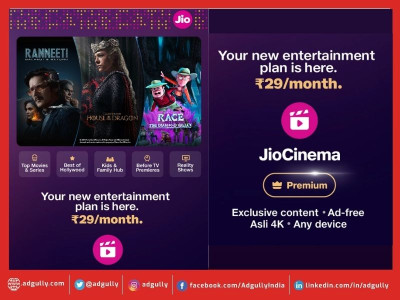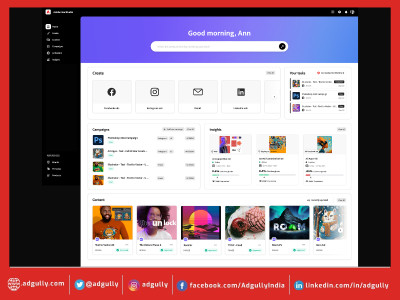How we changed the customer success conversation at Adobe
Companies often talk about customer success as the practice of driving upsell and cross-sell opportunities after the initial transaction. Adobe has been on a mission to change the conversation. Customer success, done right, is about much more than simply increasing sales. It requires delivering greater customer value over the long term.
The customers are already there; they expect the businesses they work with to provide value.
When businesses do that, it is possible to create customer experiences that deliver value and align the company’s goals directly to the customer’s needs.
Also read: Adobe and Nike Announces IIT Dhanbad as Student Winners
When Adobe began its efforts two years ago, our customer success program was an area of great weakness. Our customers were (and are) large and complex. There were countless customer touchpoints across the teams. We also had (and still have) an incredible wealth of assets – such as mutual success plans, adoption scores, and quarterly business reviews – but they were often siloed, outdated, or inaccessible.
Implementing a new customer experience management (CXM) strategy across the enterprise was overwhelming, messy, and hard. We made plenty of mistakes. We have been fortunate to work with some incredible customers through various iterations, learning from each interaction to improve. As a result, Adobe now has a blueprint for other organizations that want to make value realization the core of their customer experience strategy.
Data-driven decision-making
Like many organizations, we lacked a clear customer journey strategy, consistent and customer-centric measurements of success, and accountability for those key metrics. We took a step back to develop a holistic approach to transforming our operating model. The foundational principle is the understanding that the definition of value will change over time, and it starts long before we ever sell anything to our customers. That recognition underpins the changes we made.
First, we mapped each stage of the customer journey and designated KPIs that aligned with each. These aren’t traditional metrics like customer satisfaction scores or renewal rates, but rather outcome metrics that tie into our original promises to our customers. For example, we look at their functionality usage to understand how well customers are adopting a solution, or the number of critical situations or escalations they have experienced with customer support to understand how users across an enterprise are using specific functionality to achieve their business objectives.
We also created executive-level accountability and journey stage owners. Ownership and accountability enable experience-centric teams to drive action, break down organizational silos, and achieve long-term success.
In addition, we developed a novel technology platform that gives our team an end-to-end view of each customer to drive decision-making about how to deliver unique experiences to them. Our senior leaders review these metrics monthly. The first topic on the agenda in that meeting is not revenue performance. It’s customer success. We discuss metrics such as adoption rates, customer satisfaction scores, and technical health. Doing so has completely changed the dialogue. The end result is a data-driven customer success function: an end-to-end program to help our customers implement, adopt, and realize value.
A cultural shift
Two years in, we’ve turned a corner. What was once a weakness is now a cornerstone of our corporate strategy.
The process was often painful, like any significant cultural change. We had to convince employees to let go of their own metrics for success. Our cloud team, for example, has always used uptime as their true north. While that’s certainly a reasonable benchmark, we had to help them understand they needed new metrics that represent foundational, business value to determine whether we are really delivering.
It takes time and effort to understand the entire customer life cycle, come up with KPIs that work across those phases of the customer journey, and determine an executive owner for each stage. But once you get there and can start measuring and reporting on what’s actually going on, you suddenly have the ability to make changes that have an impact – on your customer’s business and, ultimately, your own. You can begin to optimize every phase of the value realization journey, enable a consistent and responsive customer experience, and hold your organization accountable to learn and improve.
Over time, as we have seen our new customer success KPIs improve, we’ve also seen those traditional customer metrics like customer satisfaction levels and renewal rates increase dramatically. Those “output metrics,” as we call them, remain necessary but insufficient. If you only measure those, you’ll never understand the science behind moving the needle on them.
Most importantly, we have found that succeeding in this transition demands a companywide effort. Value has to be the most important item on the agenda every day, communicated in a consistent way throughout the organization and with customers, in order to drive new behaviors. We used to talk about what our customers did—now we know their businesses well enough to understand what they need. That’s the missing piece of CXM that enables us to help them succeed.




















Share
Facebook
YouTube
Tweet
Twitter
LinkedIn